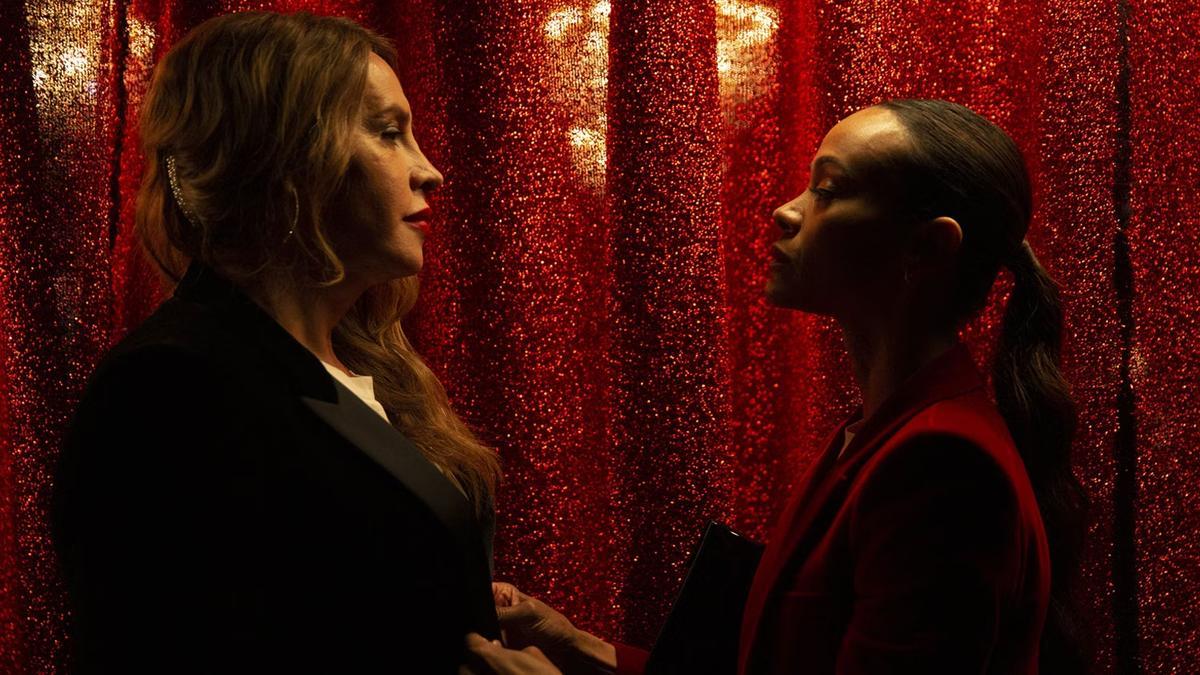
The concept of space in visual art has always intrigued both creators and viewers alike, often becoming a defining element of an artist’s style and philosophical grounding. Indian artist Manjunath Honnapura is one such creator who has delved into the intricate balance of space, bringing his meticulous vision and talent to the forefront through his latest series of works.
A National Award-winning artist, Honnapura is currently presenting his solo exhibition entitled “Art of Reconstruction” in Bengaluru. The collection is a culmination of over eighteen months of artistic exploration and features nine unique pieces that represent a divergence from his earlier creations. These works not only showcase Honnapura’s commitment to evolving his craft but also exemplify his belief that both positive and negative space play crucial roles within a composition. “I believe both are important. In all my recent works, the background space seems slightly blank, but that gives the main object prominence,” he mentions, illuminating the thought process behind his spatial choices.
Honnapura’s approach to his latest series is characterized by a willingness to push boundaries and experiment with unconventional materials. “I enjoy exploring and experimenting with new material and not limiting myself to painting material — colours, paper and canvas. For this series, I made wooden box frames with a depth of 2.5 inches. I’ve also utilised blind embossing paper as well as metal rods and pins, bits of wood, and leaves and flowers,” Manjunath describes his artistic evolution.
Blind embossing, a technique that results in a raised pattern on paper without the use of ink, plays a key role in his newest works. This process involves two intricately designed dies—one with a raised design and the other with a recessed counterpart. The paper sandwiched between these dies emerges with a tactile embossed design on one side and a debossed pattern on the other, creating a unique visual effect that intertwines texture, light, and shadow.
Trees frequently appear in his art, a motif that may stem from his agrarian background. Although not a deliberate thematic choice, Honnapura acknowledges the subconscious influence of his early environment: “It is not intentional, but I believe I could be subconsciously making a statement.” In his latest series, delicate shading and the gentle presence of leaves and trees assert their role, while the artist chooses to leave some works untitled to promote viewer interpretation and engagement.
Talking about his body of work, Honnapura emphasizes the importance of contrasting elements and how they coexist to foster diverse perspectives within his audience. “In Art of Reconstruction, I have experimented with the concept of art. I enjoy placing two contrasting things together to see how they get along in the hope it inspires others to think differently too,” he explains.
Honnapura’s journey into art was championed early on by his teachers during his school years in Honnapura, Tumkur, and later facilitated by art director Rajappa Dalawayi who convinced his parents to nurture his talent. This early encouragement resulted in a distinguished career that saw him graduating from Bangalore University in 2006 with a PG Diploma in Painting and gaining international acclaim.
Fast forward to 2012, and Honnapura became part of the ‘Imagining Our Future Together’ series of South Asian Artists organized by the World Bank. His distinctive work “Look At Me”, which intertwines print, painting, and drawing, earned him the coveted National Award. Now, his “Art of Reconstruction” is not only capturing the imagination of Bengaluru’s art enthusiasts but is also poised to grace the Jehangir Art Gallery in Mumbai by the month’s end.
“Art of Reconstruction” can be appreciated at the MKF Museum of Art until April 23, 2024. The intricate designs and thought-provoking pieces such as “Parde – Aage Aur Piche” and “Playing Their Own Dice” from the series await art lovers and visual connoisseurs, offering them an opportunity to witness how Manjunath Honnapura continues to redefine the canvas by harmoniously blending space and form.










